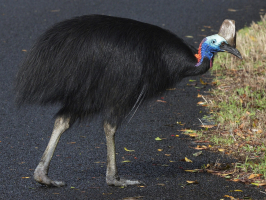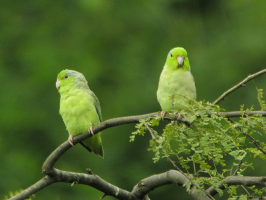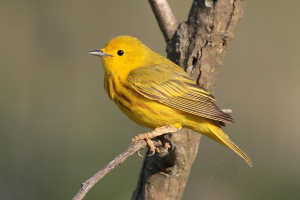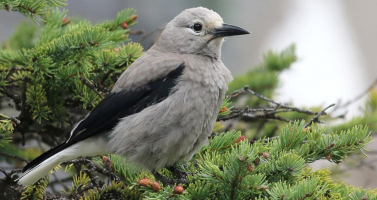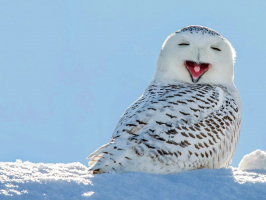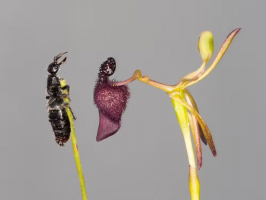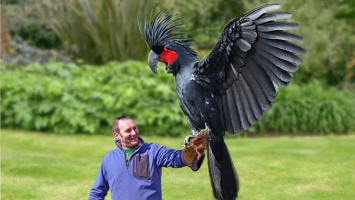Top 10 World's Smartest Talking Birds
Birds of different shapes and colors always attract people's attention, but aside from their attractive appearance, some birds attract attention in a very ... read more...unique way. They're capable of mimicking human speech! They also mimic emotions and reproduce vocabulary and context for words. Here is the list of the smartest talking birds in the world, let's find out!
-
One of the most popular companion parrots and a popular pet bird in the United States is the Blue-Fronted Amazon. However, it is endangered in its natural habitat in northern Argentina, northernmost Buenos Aires, south-western Mato Grosso, Brazil, and northeastern Bolivia. Blue-fronted Amazons average 14 - 15 inches (~35 cm) in length (from head to tail tip) and weigh 9.7 to 18 oz (275 to 510 grams) - the average being 14.1 to 15.2 oz (400 to 430 grams).
The unique blue marking on the skull of this stunning parrot gave it its name. Spending time together will help the blue-fronted amazon's communication skills. Amazons with blue fronts frequently form strong bonds with just one person. Only if they had good socialization do they mimic the human voice. Interestingly, if properly trained, they may chat for hours. Amazons with blue faces are renowned for their lovely songs.
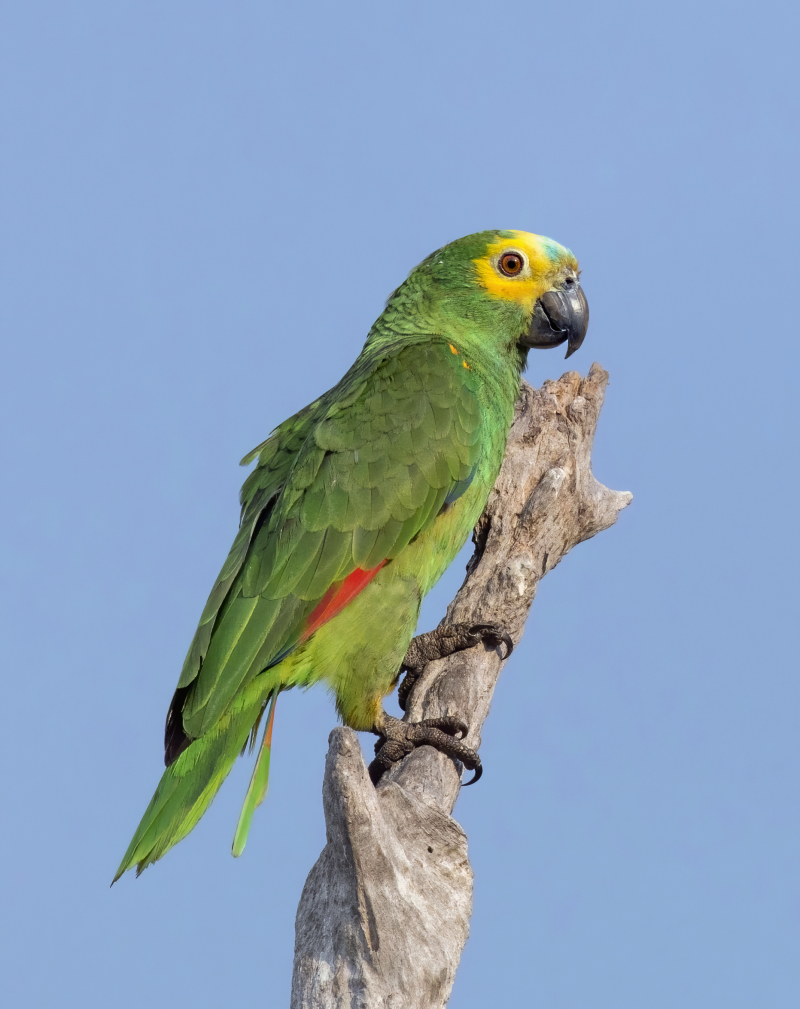
Via: Wikipedia 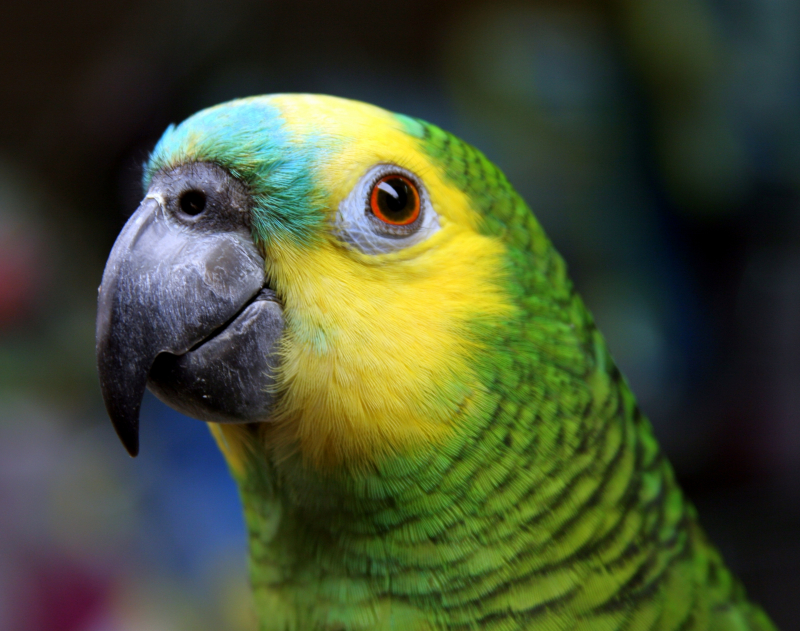
Via: Wikipedia -
The Yellow-Crowned Amazon Parrot aka Yellow-fronted Amazon (Amazona ocrocephala) is native to the rainforest areas of Northern South and Central America. The average length of this parrot, with its short, squarish tail, is 13 to 15 inches (33 to 38 cm). Like the majority of Amazons, it has primarily green plumage with rainbow markings scattered throughout. Yellow markings can be visible at the crown, lores (the patches on the side of a bird's head between the eyes and bill), and thighs, and on rare occasions, in the regions around the eyes.
They are among the family of Amazon parrots' best talkers. The capacity to speak just depends on various elements, such as the environment in which one lives and the frequency of one's interactions with people. The powerful voice of yellow-crowned Amazons is another characteristic. Additionally, they have a long life - more than 60 years.
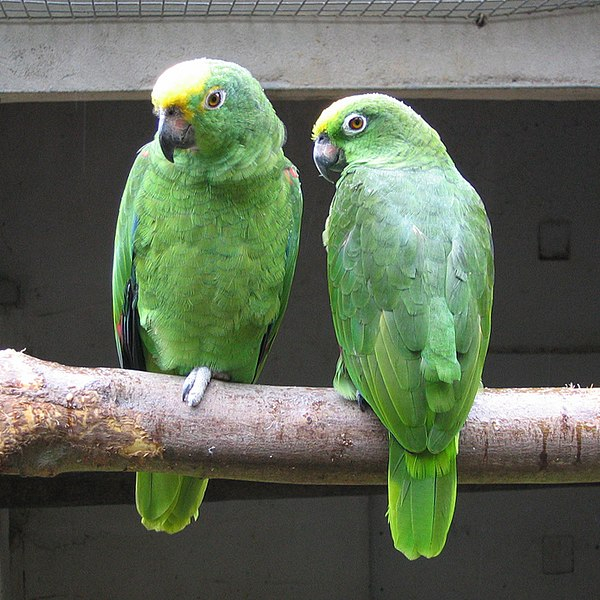
Via: Wikipedia 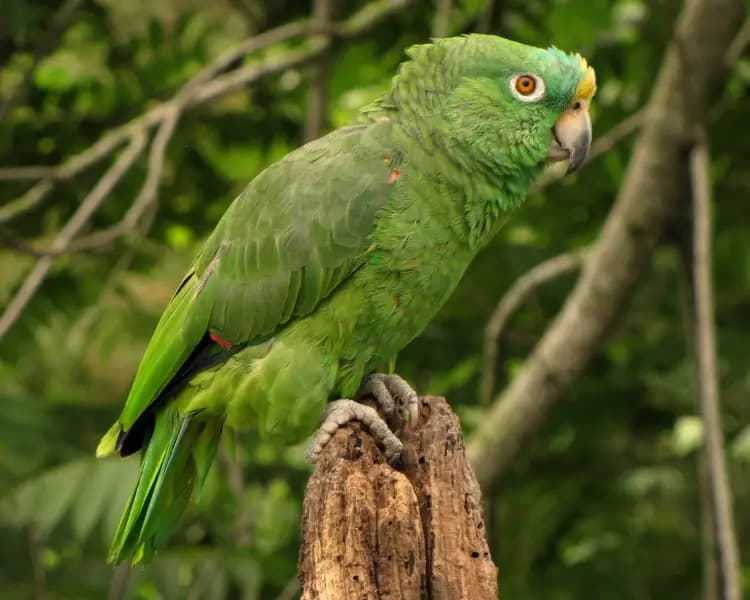
Via: Animalia.bio -
Any of the 21 parrot species found in the family Cacatuidae, the sole family of the superfamily Cacatuoidea, is referred to as a Cockatoo. They comprise the order Psittaciformes, along with the Psittacoidea (real parrots) and the Strigopoidea (big New Zealand parrots). The Wallacea Islands in eastern Indonesia, the Philippines, New Guinea, the Solomon Islands, and Australia are all part of the family's mostly Australasian range.
Cockatoos are very sociable birds with better communication skills. A broad variety of sounds can be imitated by cockatiels. However, the quality of their training completely determines how well they can talk. When learning to speak, cockatoos require special attention from their owner. They have a propensity to mimic the owners' frequent repetitions of words. Learning will undoubtedly be tough as a result of the change in tone. They won't pick up every word so quickly, but with the right instruction, they will mimic it correctly.
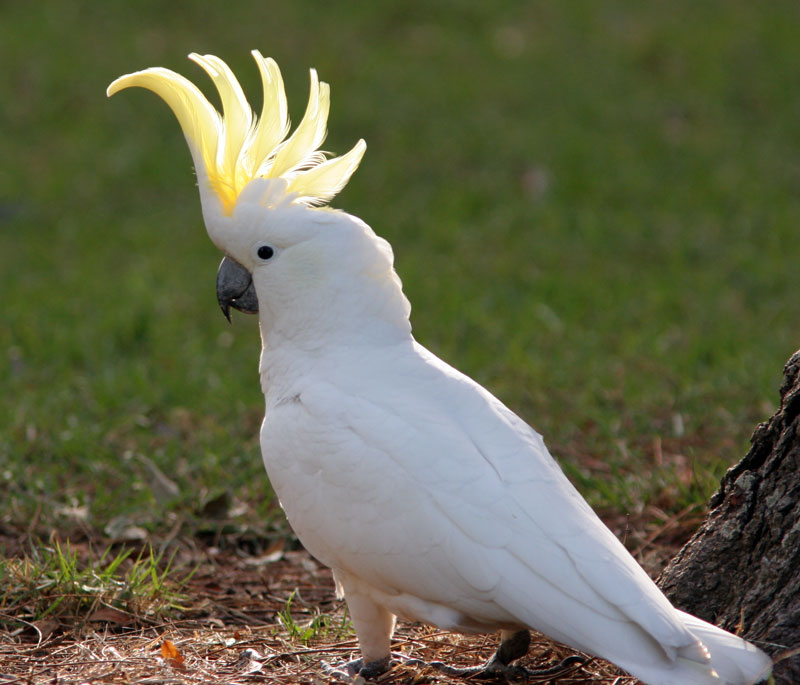
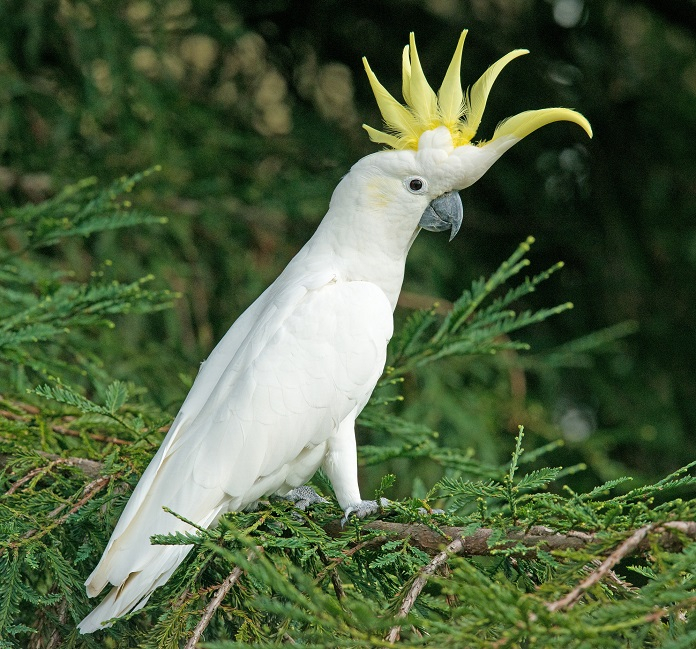
Via: Wikipedia -
Hill Mynas are endemic to tropical southern Asia from India, Bangladesh, and Sri Lanka east to Indonesia, and the Common Hill Myna, a popular cage bird, has been introduced to the USA. They have noticeable huge white wing patches when flying. Bright yellow or orange is used for the bill, powerful legs, and wattles, which are loose folds of skin that vary in position and shape depending on the species. They have a beak that is bright orange in color with a yellow tip. Both sexes have similar appearances.
They are better known for their ability to accurately mimic the tone of the human voice. Additionally, hill mynas make a variety of whistles, wails, and screeches. The two main species of hill mynas are the big Indian hill and common hill myna. Other mynas lack the speech ability that these two species do. They are nearly able to emulate the tone and quality of the human voice. Some additional hill myna species, such as Southern hill mynas, are also capable of speech. However, they never become as distinct as a huge Indian hill or a typical hill myna.

Via: Ingenio Virtual 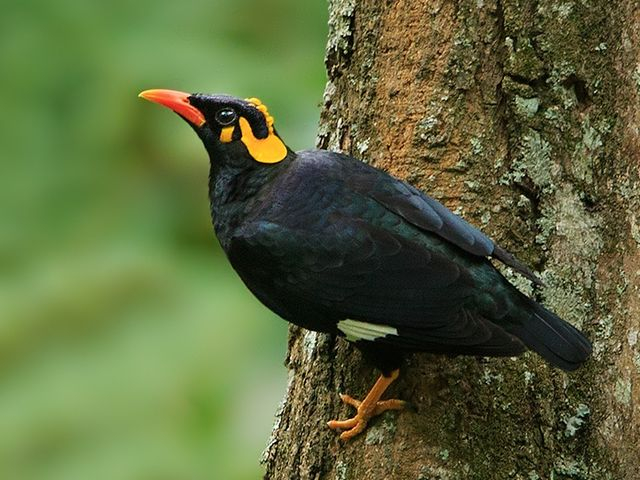
Via: Wikidata -
A species of a true parrot belonging to the Psittacidae family is the Monk Parakeet (Myiopsitta monachus), commonly referred to as the Quaker parrot. It is a tiny green parrot with a grayish breast and a greenish-yellow abdomen. It has a 20–30 year lifespan on average. It is native to Argentina and the neighboring countries in South America's temperate to subtropical regions. There are various locations where feral populations can support themselves, mostly in North America and Europe.
Monk parakeets need to be handled carefully and properly trained to imitate human speech, much like other talking birds do. Monk parakeets pick up the words they hear from the trainer frequently and copy them. A monk parakeet with good social skills can also employ the phrases they have learned in the appropriate contexts. When teaching, it is only useful if the instructor links the proper feelings or actions to the words. This sociable bird imitates various sounds it hears around it.
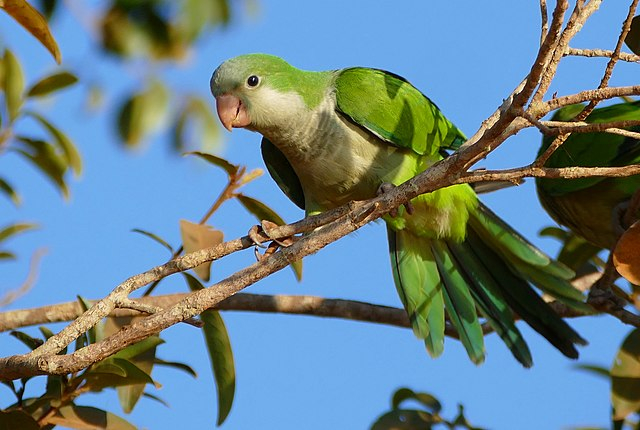
Via: Wikipedia 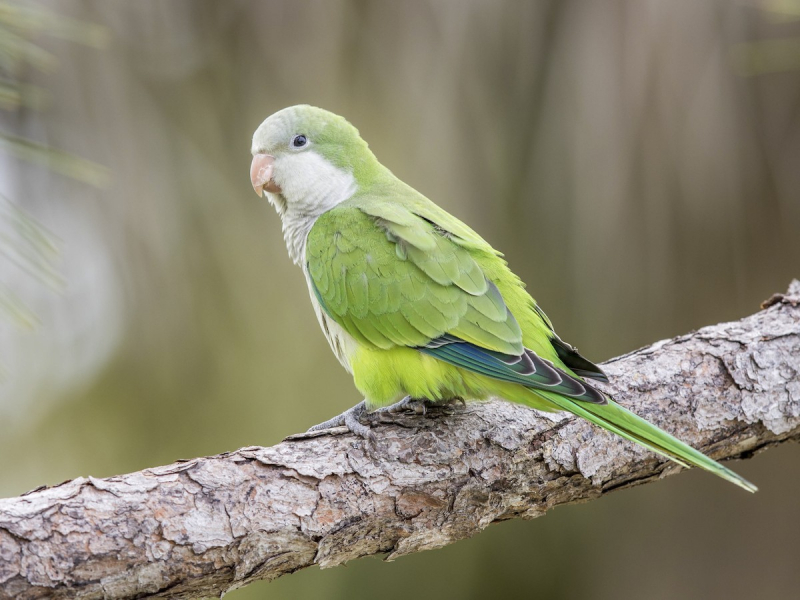
Via: eBird -
The Indian Ringneck Parakeet or the rose-ringed parakeet (Psittacula krameri), is a medium-sized parrot belonging to the genus Psittacula in the family Psittacidae. Its original habitats are dispersed over Africa and the Indian Subcontinent, and it has since been brought to many other regions of the world where feral populations have grown and are being raised for the exotic pet trade.
They are capable of learning 200–250 words. The ability of each parrot to mimic the human voice varies. It depends on how often you communicate with the owner. The Indian ring parakeets frequently attempt to mimic human speech by listening to their environment. The music helps them learn the language as well. The Indian ring parakeet is exceptionally good at mimicking human speech.
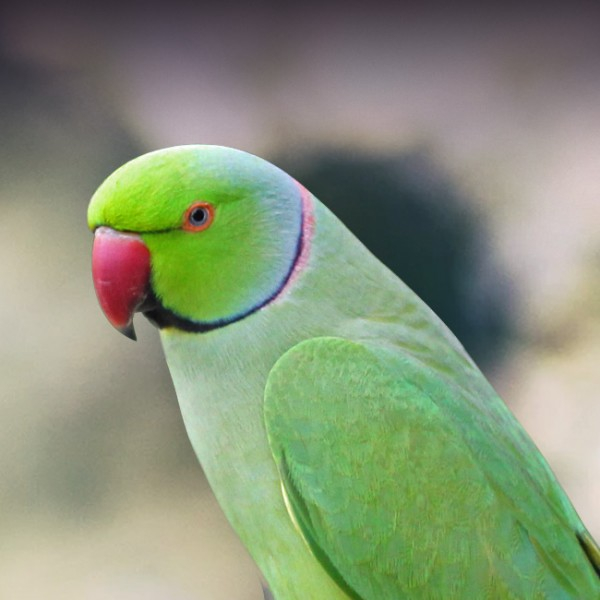
Via: Wikipedia 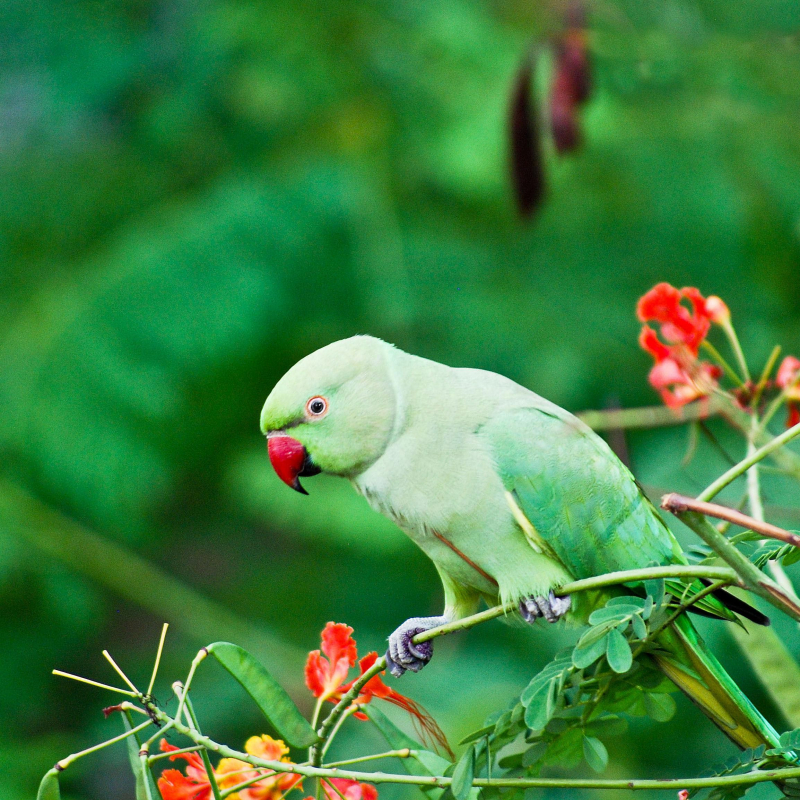
Via: The Spruce Pets -
The Eclectus Parrot (Eclectus roratus) is a parrot that is indigenous to the Maluku Islands, the Solomon Islands, Sumba, New Guinea, and other neighboring islands (Moluccas). Its strong sexual dimorphism of plumage colors, with the male having a largely vivid emerald green plumage and the female having a mostly bright red and purple/blue plumage, makes it rare among parrots. Native tribespeople in New Guinea also uses their vivid feathers as decorations.
Eclectus parrots can accurately mimic and copy the majority of the words they hear in their environment. Even a full song can be learned and sung by some parrots. Both human speech and other alluring noises from their surroundings can be imitated by these animals. Eclectus parrots are capable of deceiving even their own owners in this fashion. They use the terms they have learned in the appropriate contexts. The vocals of Eclectus parrots, of both sexes, are endearing and musical.
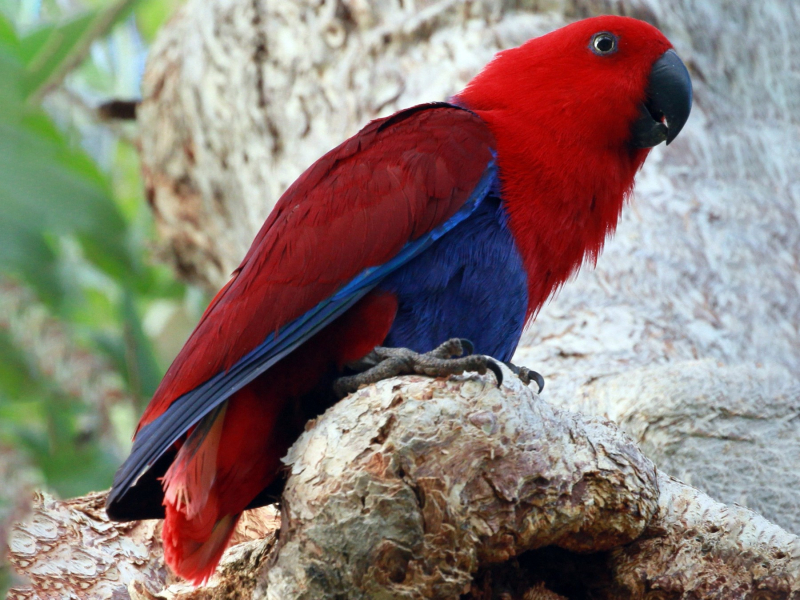
Via: eBird 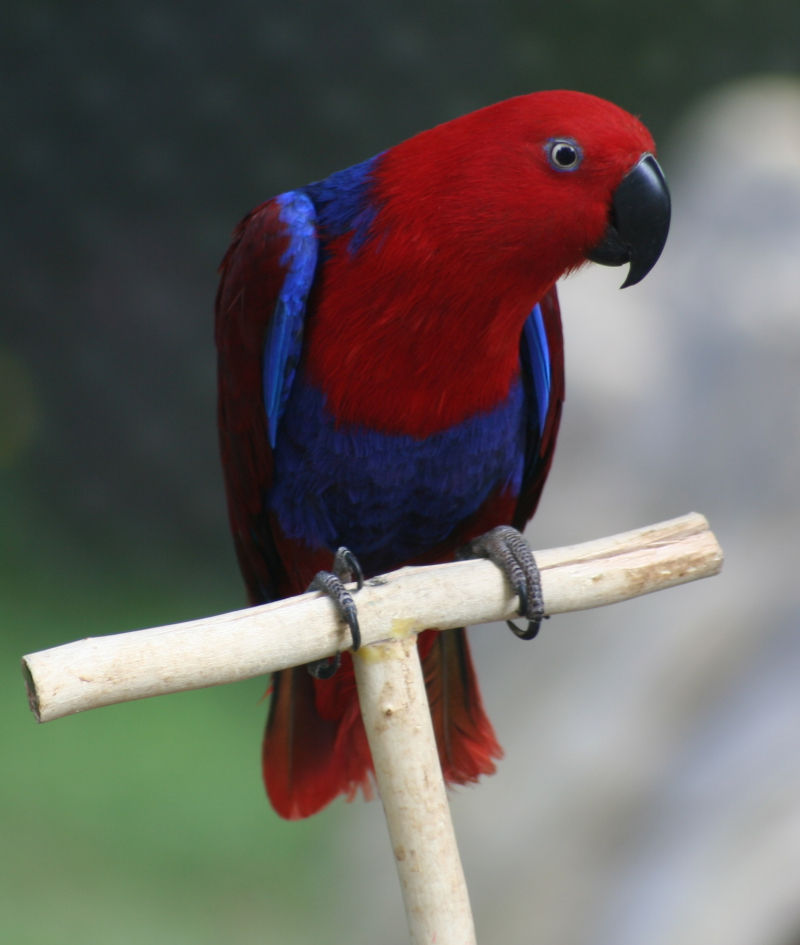
Via: Wikipedia -
Amazona auropalliata, often known as the Yellow-Naped Amazon or Yellow-Naped Parrot, is a common amazon parrot that is regarded as a subspecies of the yellow-crowned Amazon (Amazona ochrocephala). It lives along Central America's and southern Mexico's Pacific coasts. Due to a rapid loss throughout the entirety of its range, the IUCN Red List recently classed it as Critically Endangered. Over the past three generations, yellow-naped amazons have lost more than 92 percent of their population.
The ability of this species to contextualize human speech is well documented. Yellow-naped amazons have the ability to copy a broad variety of words and accurately reproduce them. Yellow-naped amazons begin talking at an early age. Most of the words and phrases they learn come from their owners. Amazons with yellow napes typically bond with just one person. Therefore, the contact between the owner and pet is the most crucial element in determining this parrot's capacity for communication. Amazons with yellow napes are skilled at imitating melodies they hear around them.
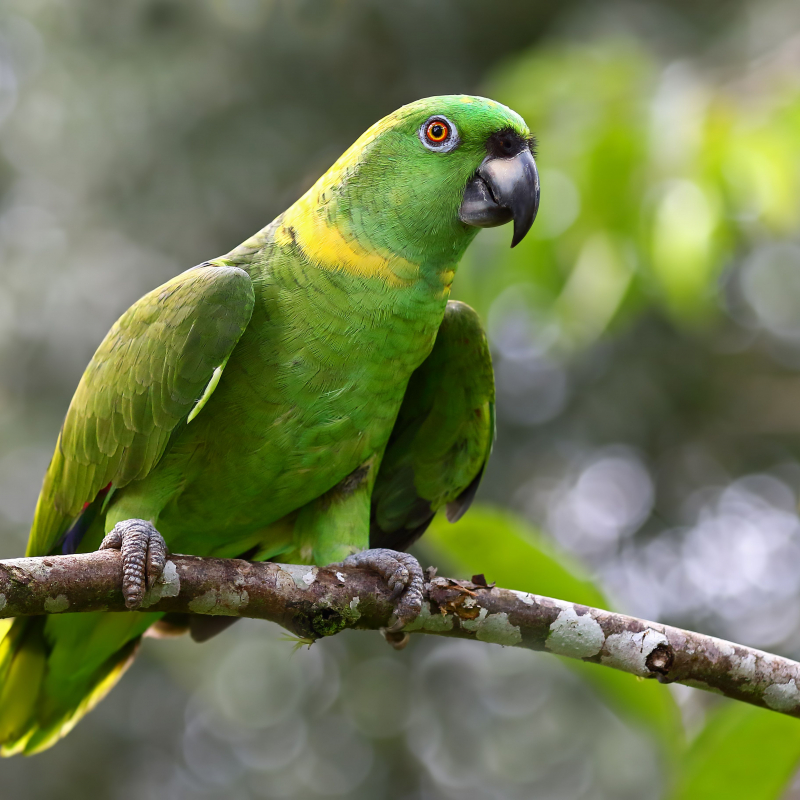
Via: The Spruce Pets 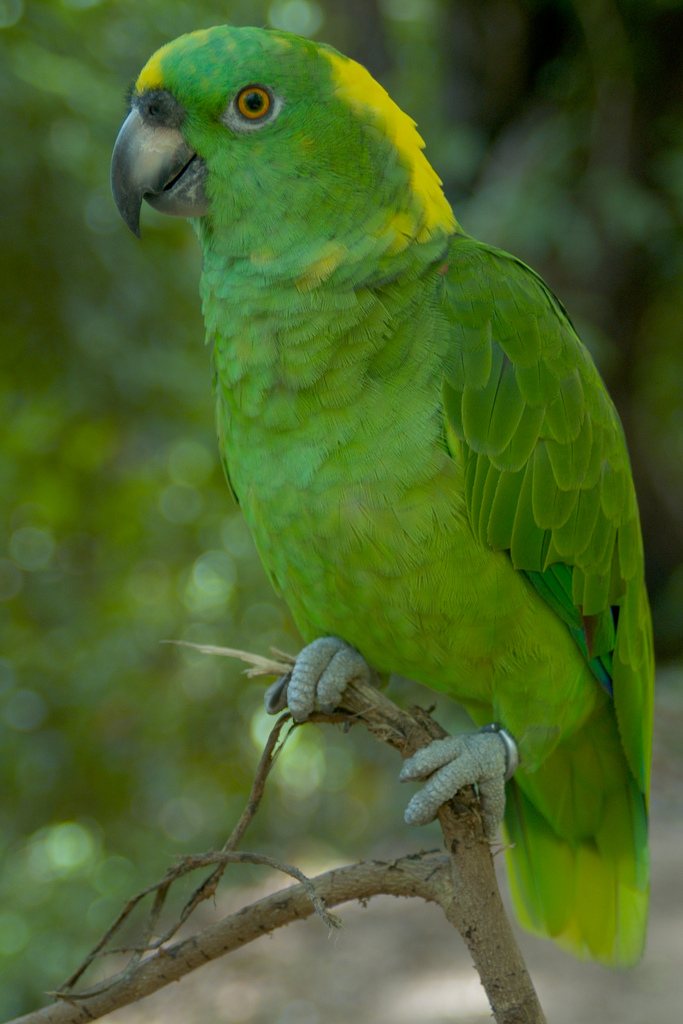
Via: Wikipedia -
The intelligent talking Budgerigar, sometimes known as the common pet parakeet, is a native of Australia. This sociable, intelligent bird has a superb vocabulary. In 1995, budgerigars also held a Guinness record. This amazing science has grown a vocabulary of 1728 words. Not all of these species of birds have as much potential. However, some species are capable of learning 300–500 words and sentences.
Budgerigars have a propensity to mimic the words that their owners use frequently. However, when two or more Budgerigars are present, they will never heed their owner's instructions. Because they value spending time with other budgerigars more in these circumstances. Budgerigars may mimic human speech both male and female. But male birds seem to be better at talking more words in the right tone than females.
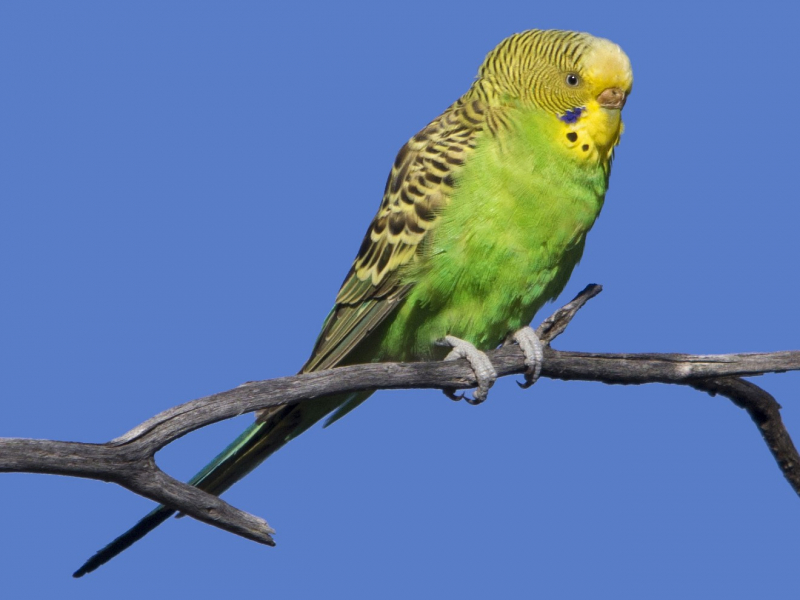
Via: eBird 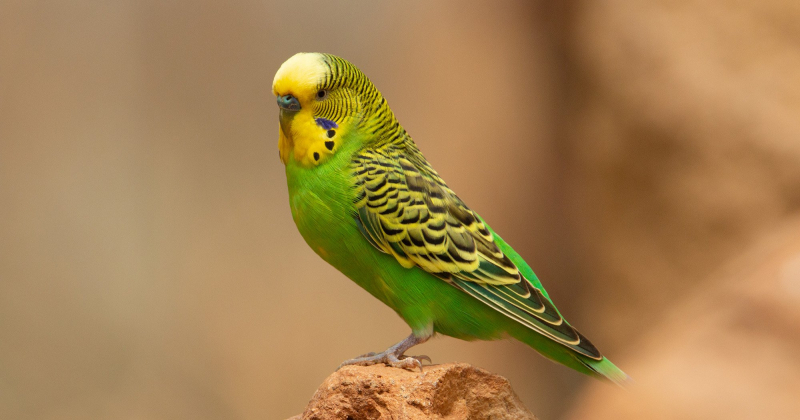
Via: Australian Geographic -
The most intelligent talking parrot in the world is thought to be the African Grey Parrot. The grey parrot is native to equatorial Africa, including Angola, Cameroon, the Congo, Gabon, Ivory Coast, Ghana, Kenya, and Uganda. The ability of African grey parrots to absorb and mimic human speech is well recognized. African grey parrots, like other talking birds, have a propensity to bond with just one individual.
The African grey parrot's capacity to converse is most significantly shaped by its bond with its owner. African grey parrots' capacity to converse will advance considerably more quickly if they are treated while being trained. Additionally, they pick up various voice types from their surroundings. African grey parrots have the ability to replicate many noises to deceive predators.

Via; Wikipedia 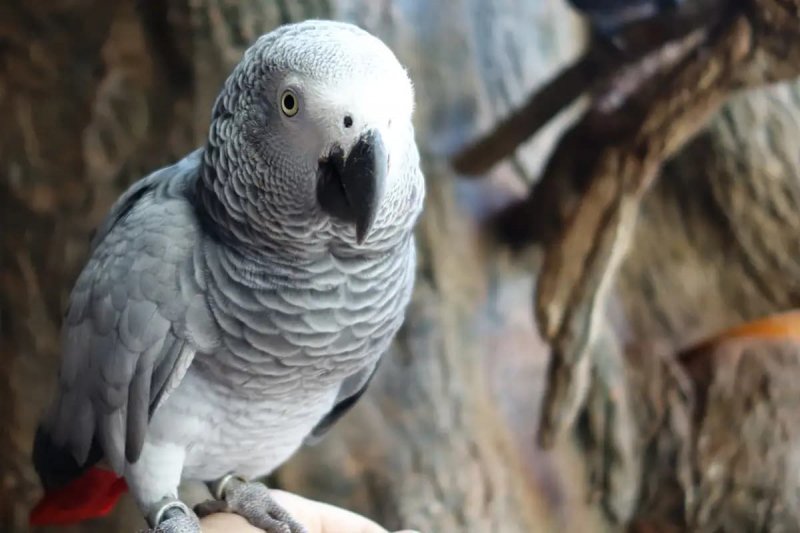
Via: New Scientist












